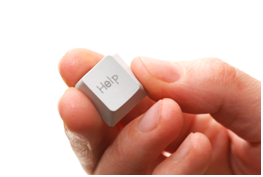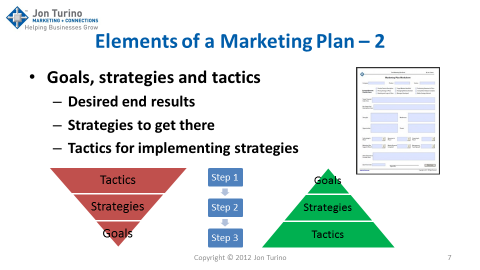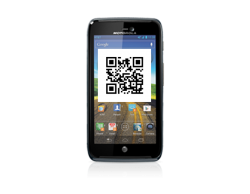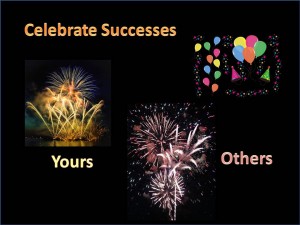 Celebrate Your Achievements & Successes
Celebrate Your Achievements & Successes
| Don’t wait until you’ve reached your final goal to be proud of yourself. Be proud of every step you take toward reaching that goal. |
You’ve read seven chapters. Congratulations! Give yourself a pat on the back. Do your “happy dance.” Take ten minutes to do something you really enjoy. Tell someone how proud you are of yourself. Give someone a hug (with their permission, of course!) and ask them if there is something you can do for them that will make them want to do their happy dance.
As important as it is to celebrate success, it is also important to analyze the not so successful things that inevitably occur in the course of your journey toward accomplishing your goals – of achieving your dreams and desires. Let’s deal with those. Bill Gates, the founder of Microsoft, is one of the most admired and one of the most hated people in the world. He says, “It’s fine to celebrate success, but it is more important to heed the lessons of failure.”
This from a guy who is responsible for the creation – and perpetuation – of the dreaded “blue screen of death,” where your work disappears for no apparent reason and can never be recovered! This from a guy who knows there will be bugs in his software and accepts that as an OK state of affairs. This from a guy whose virtual monopoly on business operating systems lets him ride roughshod over the people who have and continue to contribute to his billions of dollars of net worth.
| Totally off-topic note:When you are working on something on your computer, make sure to use “CTRL+S” every few minutes! “CTRL+S” is your friend. |
Don’t get me wrong here. I’m not bad-mouthing Bill Gates personally. Or event Microsoft (although I bet some of you do)! I’m not suggesting that we not learn from our setbacks and “failures” – a word I hate to use. Certainly we need to say to ourselves “OK, self, what can we learn from this less than optimally successful outcome? What can we do better next time?” Then we need to celebrate the success we did accomplish!
We actually did something that no one else has ever done. We made progress toward realizing our dreams and goals even if that progress was, in Bill Gates’ terminology, a “failure.” I like Mia Hamm’s advice much better: “Celebrate what you’ve accomplished, but raise the bar a little higher each time you succeed.”
Many of life’s “failures,” according to Thomas Edison, “are experienced by people who didn’t realize how close they were to success when they gave up.” Napoleon Hill agrees, saying “Most people have achieved their greatest success just one step beyond their greatest failure.”
| Celebrate what you accomplish, but raise the bar each time you succeed. – Mahamm |
Success doesn’t come easily as I’ve pointed out before. It’s kind of like reaching for heaven. You have to work to get there. So celebrate your accomplishments, no matter whether they are huge successes or, more likely, successful steps along your way to the ultimate goals.
If you aren’t sensing some common themes as you read this book then either I’ve done a less than adequate job of presenting them or you are really obtuse. J
Winston Churchill defined success as the ability to go from one failure to another with no loss of enthusiasm. Taken in the abstract, outside of any specific goals, success can be considered as the sum of small efforts, repeated day in and day out, that move us toward our ultimate objective.
| You know you’re on the right track when you become uninterested in looking back. |
How will you know that you are on the right track as you move toward your goals? For one thing, you will find yourself “in the zone” more often than not. You’ll find yourself visualizing the end result you are pursuing so vigorously that you’ll stop looking back and really concentrate more and more on looking forward. You’ll begin to adopt thinking patterns and action habits that will consistently propel you forward.
Celebrate the small successes as well as the large ones. A great life isn’t necessarily about great huge things. It’s about little things that can make a big difference.
When your self-doubter begins to try to undermine what it is you are doing to achieve your dreams and desires – to become truly happy – then remember that how you think and act will have a significant impact on how well you perform.
Unsuccessful People:
- Fear change
- Blame others
- Think they know it all
- Are Transactional
- Talk about people
- Hope others fail
- Never set goals
- Horde data and information
- Exude anger
|
Do you want to attract people who fear change and blame others for their every misfortune? To be around people who think they “know it all,” avoid forming close and lasting relationships and talk about others? People who take perverse pleasure in hoping that others fail, never set goals for themselves, horde data and information and exude anger all the time?
Not me. You can have these kinds of people – if you want them in your life. But these types of people will suck the life out of you. You want to surround yourself with positive people. People who will lift you up, help you move forward, celebrate your successes with you as if they were their own. People who will continuously encourage you to grow and excel in whatever it is you’ve decided to do.
Successful People:
- Embrace change
- Accept responsibility
- Continuously learn
- Are relational
- Talk about ideas
- Hope others succeed
- Keep “to-do” and “to-Be” Lists
- Share data and information
- Exude joy
|
I want to be around successful people. People who accept responsibility for their own situation, who learn continuously and who embrace change. People who value relationships and who talk about ideas instead of people. People who share information, hope – and help – others (me! you!) succeed and exude joy as we celebrate our successes.
Your celebrations don’t always have to be loud, grand or raucous affairs involving multiple people. If you’ve had a good day with a success or two you might just look in the mirror, smile, and nod at the person looking back. Sometimes the best way to end a great day is with a silent acknowledgment of achievement and, more important, fulfillment.
One activity that I’ve found very valuable is to build up a storehouse of favorable outcomes and their accompanying feelings for use with future challenges. If you use, for example, the physical techniques that Amy Cuddy suggests, you can couple those physical actions with the feelings of success that are associated with overcoming past challenges to build your confidence in overcoming future challenges.
You can also simply try smiling for ten minutes before entering a meeting or an interview. The act of smiling will change your brain chemistry just as Amy’s techniques have been proven to do. I do this before joining networking meetings and it works wonders.
Rather than letting your self-doubter undermine your confidence you can use positive self-talk to increase it. So when life is sweet say, “Thank you,” and store those times away for times when life is not so kind to you.
| When life is sweet say “thank you” and celebrate. When life is bitter say “thank you” and grow. |
You can use even the not so nice times to make life more pleasing in the future. As Oprah Winfrey has been known to say, “The more you celebrate in your life, the more there is in your life to celebrate.”
Promise yourself also to be just as enthusiastic about the success of others as you are about your own.
There is magic in celebrating your achievements and successes.
####
The above material is from Chapter 8 of Inspiration Now! Order your copy now at http://www.amazon.com/dp/B00RQT1BLK to read the other 8 chapters!
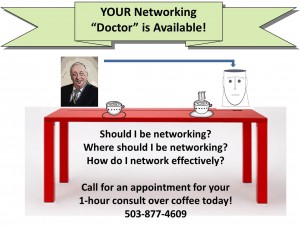



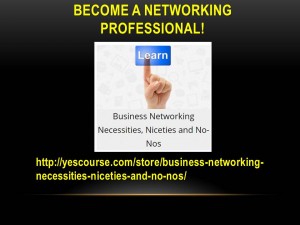


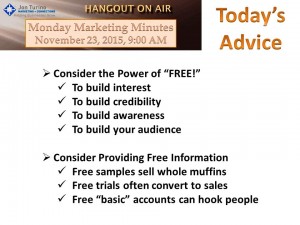
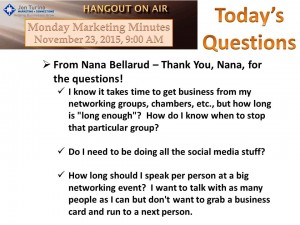
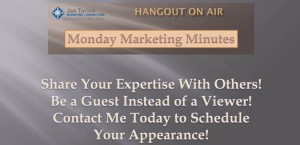

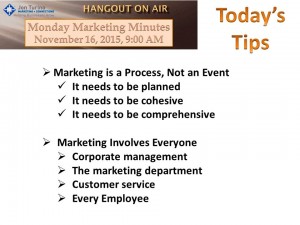
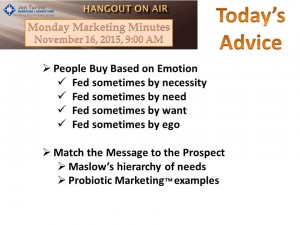
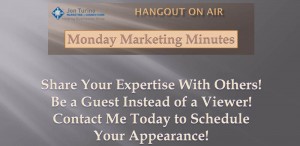


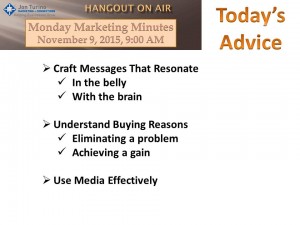


 I had the book printed on very nice paper and the hard cover was a walnut veneer with gold printing. Very good looking and conveying very high quality. The book was titled “Design for Testability” and I priced it at $95. That’s $95 in 1978 dollars, which today would be roughly $347. For a 77-page book in 8-1/2” x 11” format.
I had the book printed on very nice paper and the hard cover was a walnut veneer with gold printing. Very good looking and conveying very high quality. The book was titled “Design for Testability” and I priced it at $95. That’s $95 in 1978 dollars, which today would be roughly $347. For a 77-page book in 8-1/2” x 11” format.
